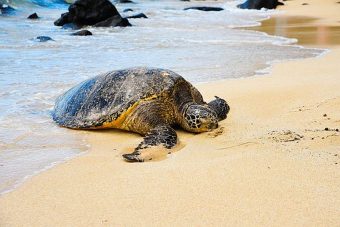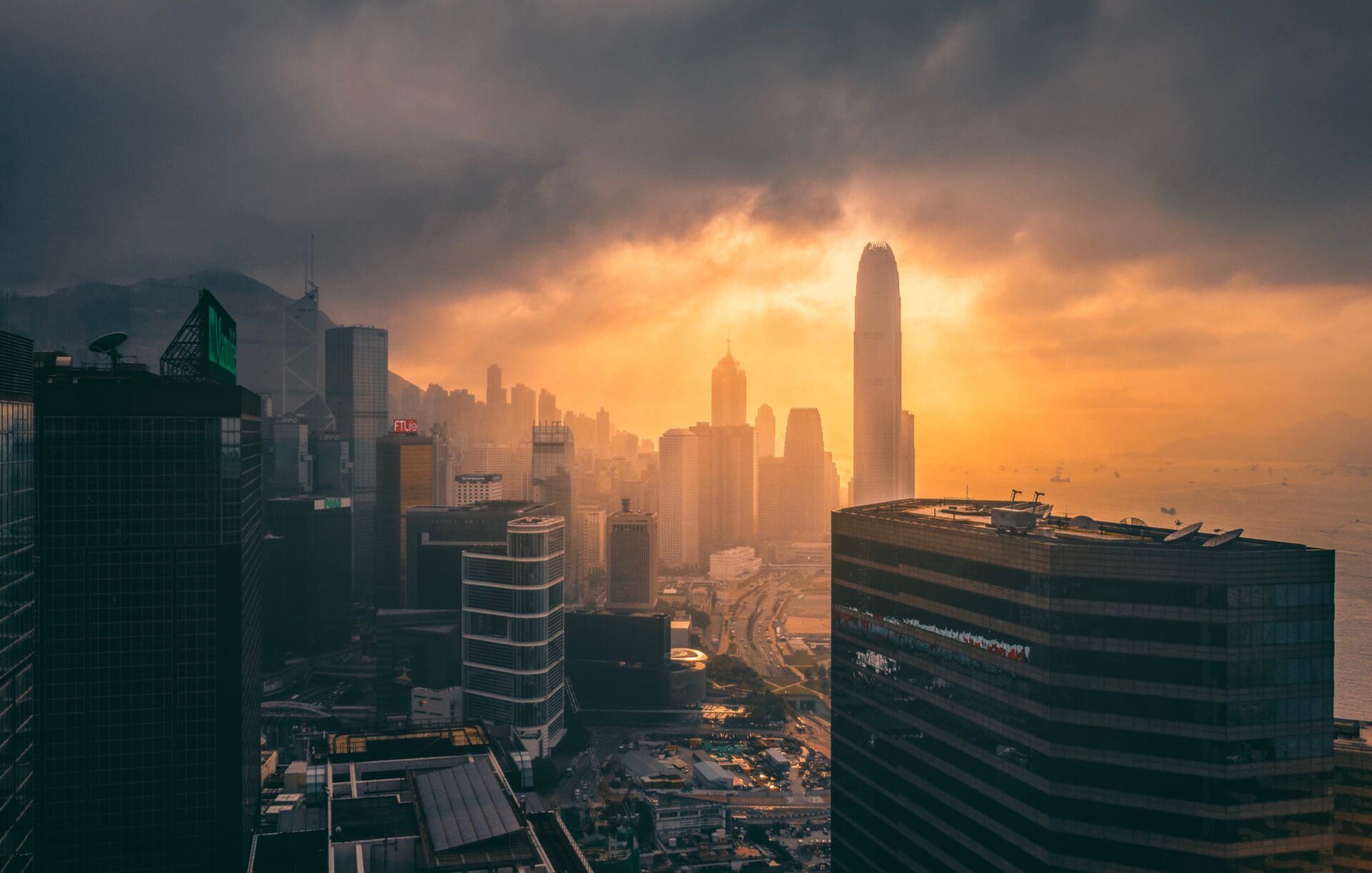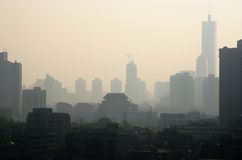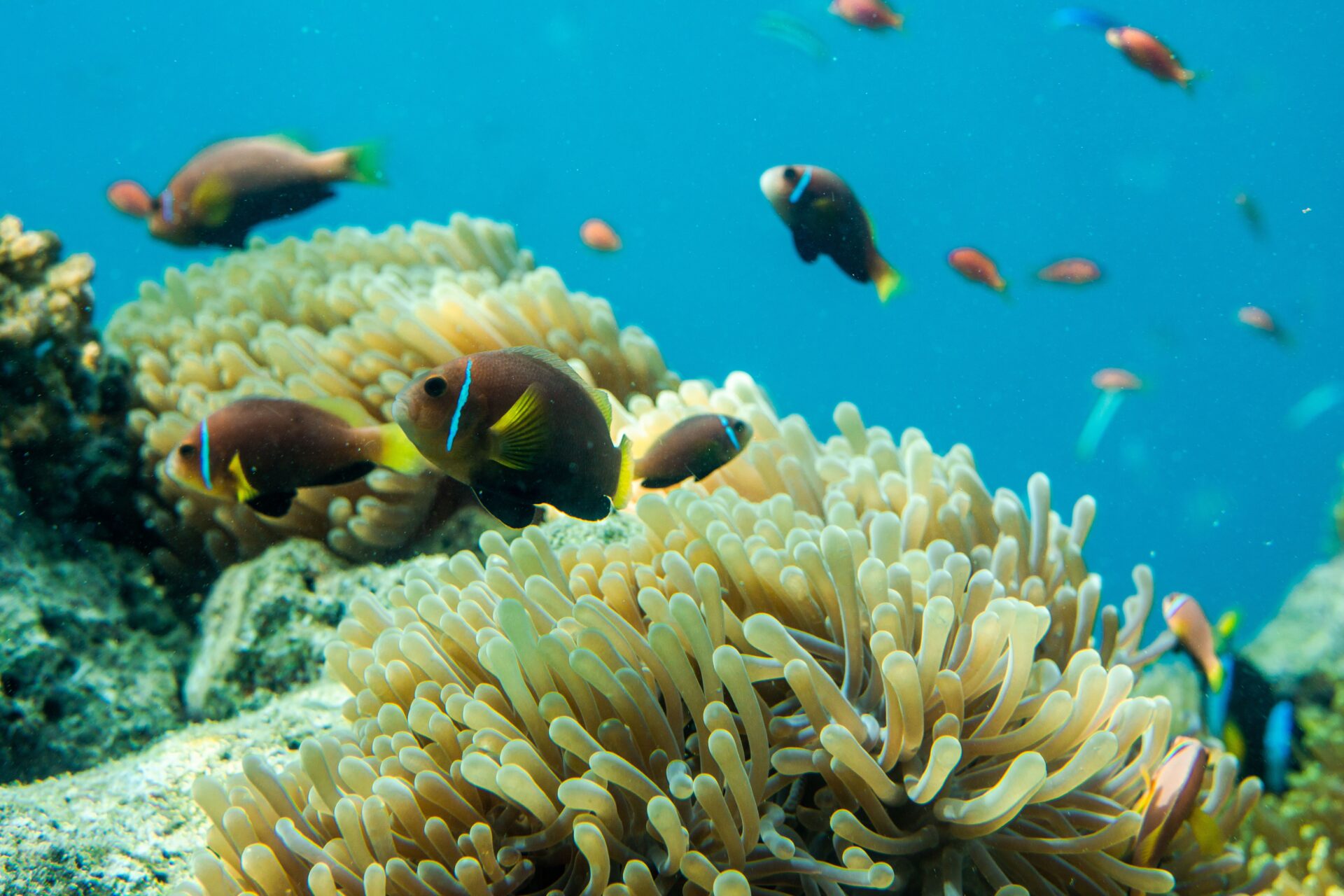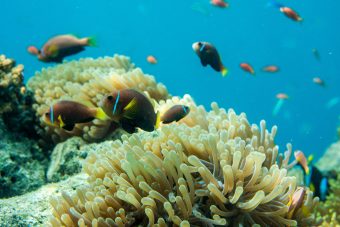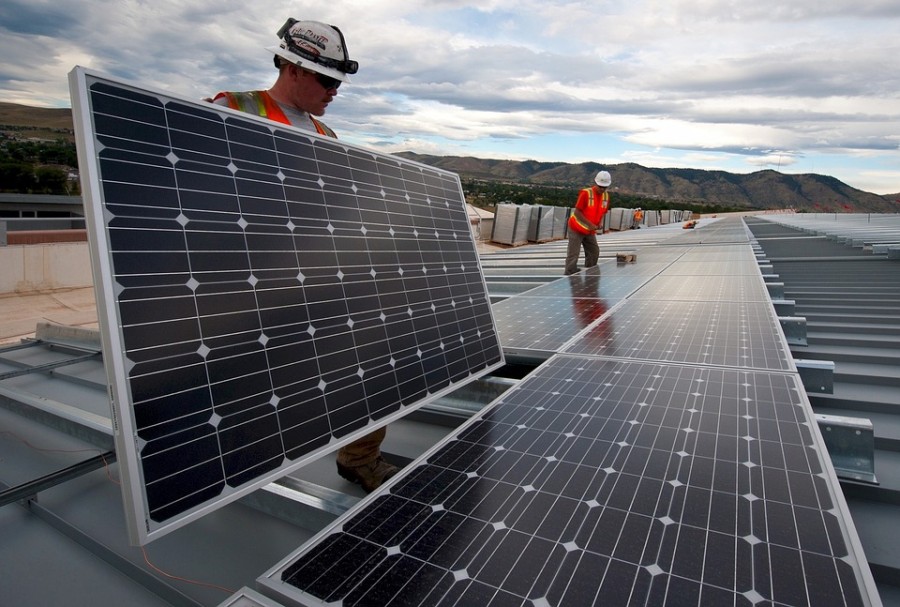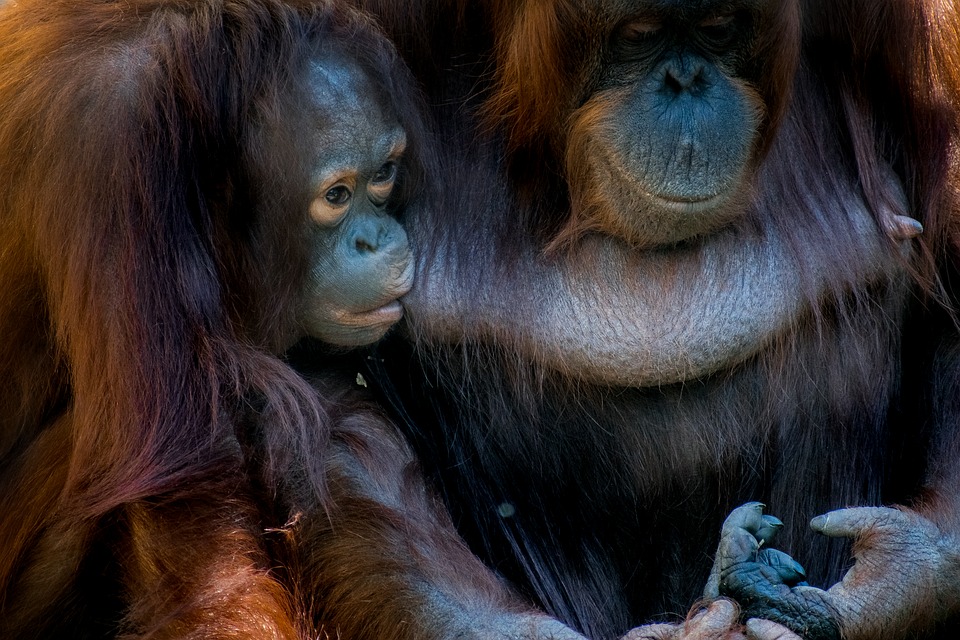An oil spill on Massachusetts’ Charles River drew a major emergency response Wednesday night, as several fire trucks and emergency vehicles, including a hazmat team, raced to help with the cleanup, 7 News Boston WHDH reported.

The spill was detected in Waltham, a town about 12 miles west of Boston. Authorities were alerted by a report of the smell of fuel coming from a patch of river behind Shaw’s Supermarket, state police said.
“The truck got down here with the deputy and they had a strong odor of oil and a definite sheen in the water,” Waltham Fire Chief Tom MacInnis told Boston25News.
Containment booms were placed on the river to stop any oil from spreading downstream. The Massachusetts Department of Environmental Protection (DEP) also arrived on the scene, and the private cleanup organization National Response Corp. was called in to assist Wednesday into Thursday, The Boston Globe reported.
The spill was contained by 8 p.m. Wednesday night, but DEP and the Waltham police and fire departments continued to investigate the source of the spill, Boston25News reported.
“We don’t know how much has spilled,” DEP spokesman Ed Coletta told The Boston Globe. “Oil like this, it basically collects at the surface of the water.”
In total, cleanup crews vacuumed up around 300 gallons of mixed oil and water, NBC10 Boston reported.
The spill was contained by 8 p.m. Wednesday night, but DEP and the Waltham police and fire departments continued to investigate the source of the spill, Boston25 News reported.
Investigators found a large amount of oil around 0.2 miles upstream, inside a storm drain system and covering several manholes, Coletta further told The Boston Globe. He said they had taken samples from the oil gathered near the manholes to see if they match what is in the river.




